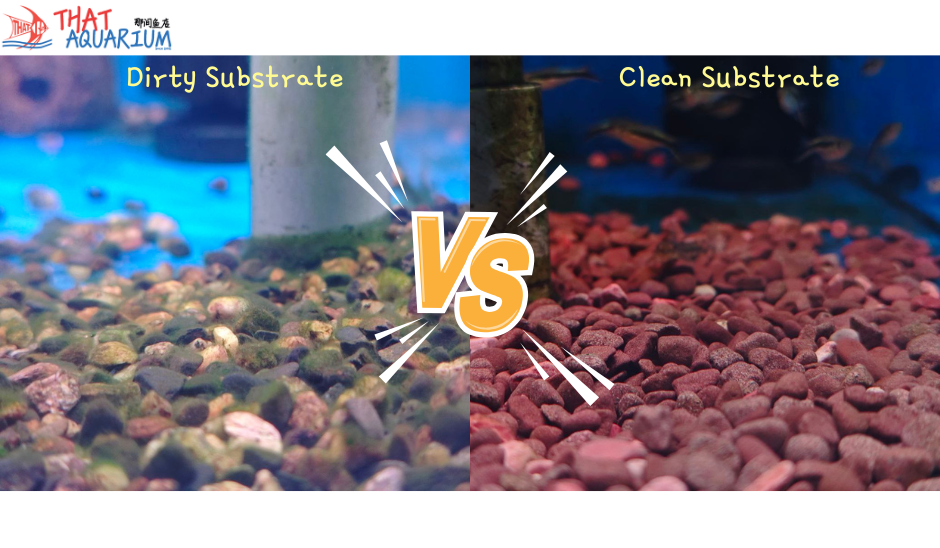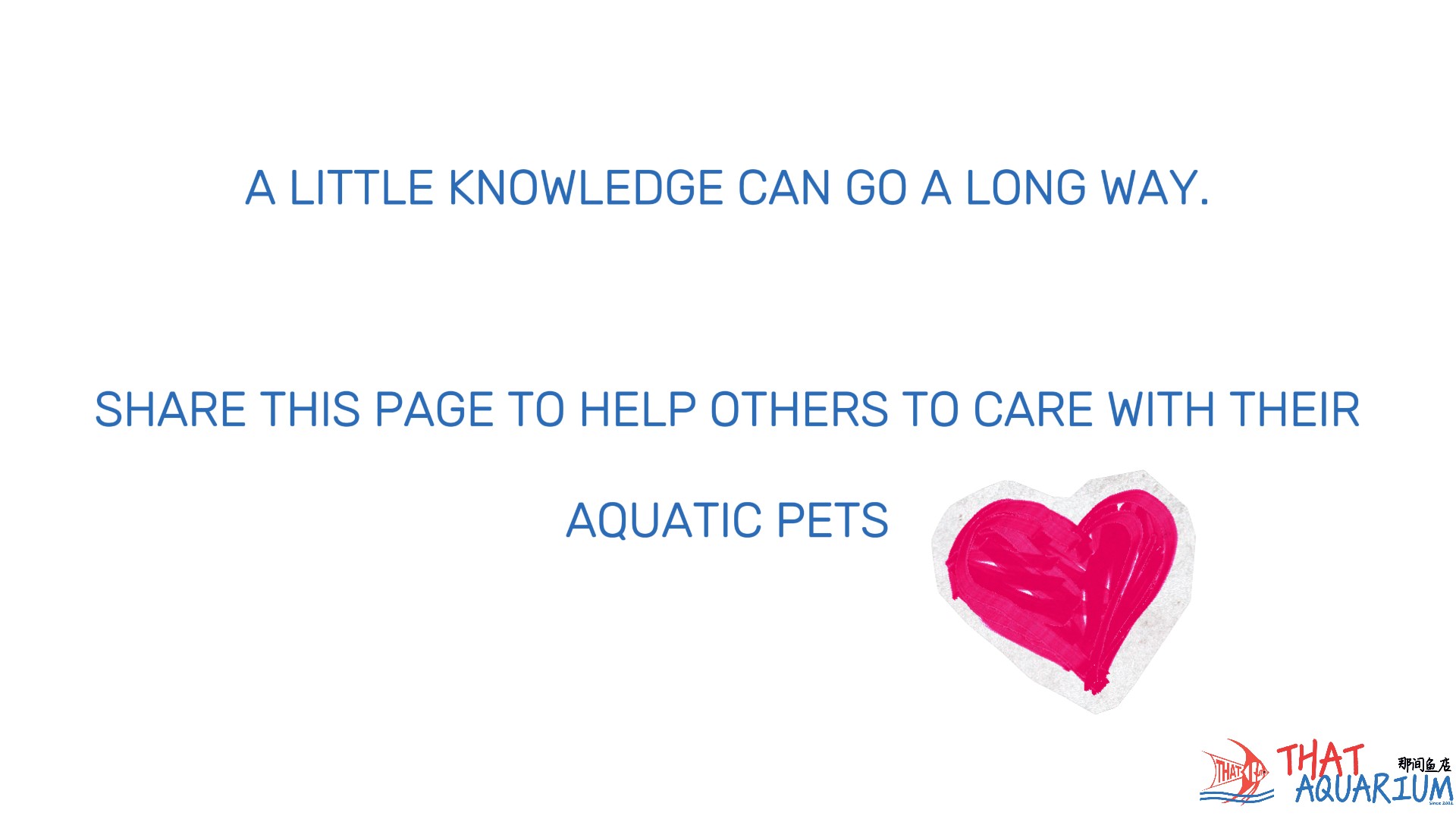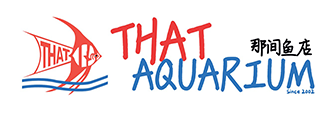
Understanding Old Tank Syndrome
Now, what about tanks that have been running for years? This brings us to the dreaded Old Tank Syndrome—a term advanced aquarists use to describe an aging aquarium that’s showing signs of ecosystem failure.
But wait! Isn’t a mature tank supposed to be stable? Yes! However, old tank syndrome isn’t an inevitable problem—it’s a result of neglected maintenance over time. Without proper care, even a well-established tank can experience a slow breakdown.
And the main culprit? The substrate (gravel, sand, or soil) at the bottom of your tank.
Over time, the substrate becomes a dumping ground for organic waste, detritus, and grime. If left unmanaged, this build-up can choke your ecosystem and throw your tank out of balance.

But don’t worry! You can prevent old tank syndrome with these simple maintenance habits:
✅ Use sludge-eating bacteria – These special bacteria break down organic waste in the substrate. Available in liquid form at most of our stores.
✅ Gentle Cleaning – When doing water changes, lightly wave your hand around plants and decorations to dislodge trapped debris before siphoning it out.
✅ Siphon Your Substrate – Use a gravel vacuum to remove excess detritus from the substrate. This prevents nutrient overload.
✅ Don’t Clean Everything at Once! – Never wash your filter and deep-clean your substrate on the same day. Your beneficial bacteria need stability!
✅ Trim & Maintain Plants – Aquarium plants trap detritus. Keep them trimmed and fertilized so they compete with nuisance algae rather than harboring excess waste.
✅ Monitor Water Quality – If pH is dropping, add KH buffer to stabilize it. A little goes a long way, so don’t overdo it.
✅ Stock Sensibly – Avoid overstocking! It’s tempting to add more fish as your old tank ages, but resist the urge. Understocking is always better than overstocking.
Whether it’s a new tank or an old one, balance doesn’t happen overnight. The key to a healthy aquarium is gradual, consistent care.
Take things slow. Let your ecosystem develop naturally, and in return, your fish will thrive. Avoid stress—for both you and your fish!
Got questions? Drop by our store for expert advice and free water testing. Let’s make your aquarium a success, one step at a time!
Happy Fishkeeping! 🐠🌱
👉 Next Up: Aquarium Placement
🐡 Puffed up with knowledge? Give us a like and keep floating along!
Proudly presented by our That Aquarium Digital Team, where innovation meets aquatic excellence.
Published on 13 June 2025
Author: Kelvin Phua
Illustrator(s): Chai Minyu, Abbie Tan


At That Aquarium, we believe that exceptional CARE is the foundation of our success. We are committed to treating each customer and every aquatic life with genuine compassion and respect. Our dedication goes beyond providing quality products and services; we strive to create a nurturing environment that delivers a therapeutic experience for our customers, our aquatic life, and our team. Guided by principles of integrity, forward-thinking mindset, and continuous improvement, we aim to foster a harmonious and supportive atmosphere. Our focus is on ensuring that every interaction reflects our dedication to excellence and our care for both our people and our community.
That Aquarium